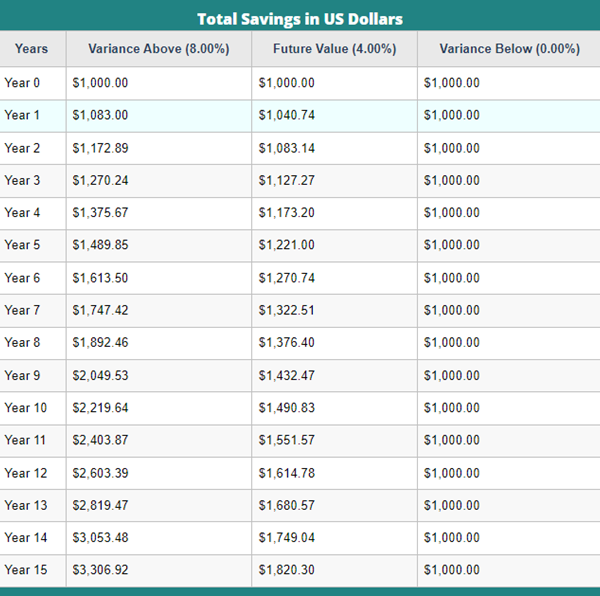Budgeting and expense tracking are not the same thing.
- Budgeting is a spending plan for set bills and lifestyle expenses based on income.
- Expense tracking is a record of all spending in one place.
Expense tracking is the first step to budgeting.
Budgeting is the goal-oriented action plan to get you where you want to go financially.

Budgeting vs. Expense Tracking
Expense tracking is logging every bill and lifestyle expense both big and small. This provides an overview of total spending and includes bills as well as miscellaneous spending.
I like to call miscellaneous spending (that is, non-bills spending) lifestyle expenses. This type of spending is specific to the lifestyle a person wants to live. Simply keeping a full record of all spending is beneficial because it provides an honest view of total money in, to total money out.
Budgeting is a plan based on existing spending habits that regulates the amount spent per month on each category.
The main difference between budgeting and expense tracking is that a budget works to structure and limit spending in an overall net positive way, while expense tracking mainly involves simple recording and data analysis.
Money in to Money out
Expense tracking is the basis of a budget because it shows total ‘money in’ to total ‘money out’.
Money in – is the amount of net (after tax) income that is available to use every pay period.
(this includes cash flowing investments, side hustles, etc.)
Money out – is the amount spent of total income.
(this includes bills, lifestyle expenses, retirement contributions, and debt.)
Thinking simply about the total ‘money in’ compared to ‘money out’ is helpful in two ways.
- It simplifies finances to simple math.
- It reveals if your spending exceeds your total income.
Simply subtract your money out number from your money in number to find out.
Let’s address all factors that play a role in what a person’s ultimate ‘money in’ amount is. Understanding the full picture of bills and expenses is the starting point for tracking, budgeting, and ultimately knowing what you have, which can enable you to make moves in the future.
Two Levels of Expenses
There are two levels of expenses in our ‘money out’ calculation to consider when calculating true ‘take home’ pay. That is, the amount of a paycheck that is truly usable income.
- The internal expense level
- The external expense level
Keep in mind, these are levels I made up for easy discussing purposes.
The internal level includes the expenses a company takes out of a net paycheck. This is in addition to taxes and a part of the business of living–e.g., health insurance and retirement.
Your company handles allocating these expenses based on open enrollment and your contribution selections. This is all handled in-house by your company before you receive a check with usable income for the month.
Some companies incent retirement contributions by a matching program, some provide healthcare kickbacks based on contributions, and some will contribute a percentage irregardless of employee contribution.
Internal Expenses
- taxes
- insurances
- retirement contributions
- Health Savings Account (HSA) contributions (if any)
- Flexible Spending Account (FSA) contributions (if any)
This is not an exhaustive list, but is a basic list that is necessary to consider when determining the amount of ‘external’ expenses you can afford–e.g., rent, food, vehicle, vacations, etc.
Paying attention to the ‘internal expenses’ is very important when starting a new job and setting up a new life. The salary or hourly amount offered by a company does not at all represent the usable income you will command every month.
External expenses
External expenses are the expenses most think of when it comes to sustaining a lifestyle. So much so, that they can also be thought of as basic expenses. These expenses must be less than a person’s take-home pay to be able to cash flow net positive and live a sustainable life.
Basic expenses include:
- rent or mortgage (if any)
- homeowners or renters insurance
- property taxes (if any)
- utilities
- gas
- electricity
- water / sewer
- trash services
- groceries
- vehicle note (if any)
- vehicle insurance (if any)
- transportation passes–bus, subway, Uber, Lyft, taxi (if any)
- basic hygiene necessities
- floss
- tooth brush / tooth paste
- shampoo, conditioner, and soap, etc.
- toilet paper
- clothing and shoes
- internet
- phone
- vacation
- restaurant
- skincare
- recreational clothes shopping
- gym membership
And the list goes on.
Budgeting and Expense Tracking the Bottom Line
Understanding expense tracking and calculating ‘money in’ to ‘money out’ on a specific and to-the-cent level is the prerequisite of budgeting.
Yes, I’m saying it again for the people in the back.
It is only after fully grasping all aspects of expenses (both “internal” and “external”) and understanding the trends specific to a lifestyle that a budget can be set up successfully.
Budgeting and expense tracking work hand in hand to create a financial structure that serves your end goal.
Remember: ‘money in’ – ‘money out’ = x
Assessing ‘x’ is the starting point of financial goal-setting and budgeting.
Thankfully, after tracking expense and setting up a budget, the process is faster and easier to maintain.
Humans are extremely adaptable. With expense tracking and budgeting and the necessary adjustments to meet your goals, the expense of your lifestyle can be changed for the better.
A better now and a better future.




